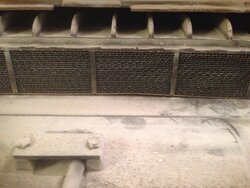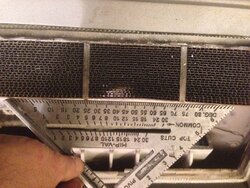OhioBurner©
Minister of Fire
At 120ºF the surface will feel hot enough to burn exposed skin. If you touch something that hot you will pull back your hand in under 2 seconds. At 180ºF you are way outside anyone's comfort zone. If anything near a stove got that hot I would definitely be looking for what the cause was.
My hearth has got around 180º with my pellet stove, and it has lower R value requirements than the woodstove it replaced which barely made the hearth warm at all.
120º is nothing... I can go barefoot on surfaces into the 130's but I have pretty tough feet from being mostly barefoot the last few years. Those who wear socks and shoes all the time will not have as tough of feet.



